Description
Thotta sinungi-Shame plant
Buy Thotta sinungi-Shame plant Plant from Santhi online plant nursery website.
It is a pea/legume family blooming plant that grows as a creeping annual or perennial. It is commonly grown for its curiosity value when touched or shaken, the compound leaves fold inward and droop, guarding themselves against harm, and then re-open a few minutes later.
The mimosa pudica plant is a prickly, low-growing, many-branched perennial shrub that grows to be around 15-100 cm tall. Roots are cylindrical, tapering, with secondary and tertiary branches, up to 2 cm thick, surface more or less rough or longitudinally wrinkled; greyish-brown to brown, cut surface of pieces pale yellow, fracture hard, woody, bark-fibrous; odor unmistakable; taste slightly astringent. At the base, the stem is woody, rigid, cylindrical, reddish-brown or purple, hairy, and has scattered prickles along the internodes.
Benefits:
Aside from being a pleasant and intriguing element of nature, sensitive plants provide numerous health benefits.
To Treat Insomnia/Sleeplessness, Treat Asthma, Treat Gum Problems and Toothache, Treat Itching, Treat Hair Loss.
Maintenance:
When the soil feels dry to the touch, water the plant. In the summer, water is thorough in the winter and rainy season, waterless. Water the plants in the morning, between 8 and 10 a.m.
The best time to prune and fertilizer mimosa pudica plant is in the spring.
Re-pot a plant with fresh soil and fertilizer when it has grown beyond its limit and the container size no longer allows adequate room for the roots to spread.
Try not to disrupt the roots during repotting. If there is a significant shift in the given environment, the mimosa pudica plants may experience stress or shock.
To prevent any insect or disease using sprays like Neem oil, Eucalyptus oil, or Citrus oil.





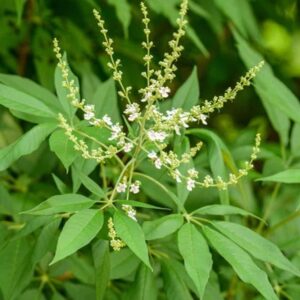
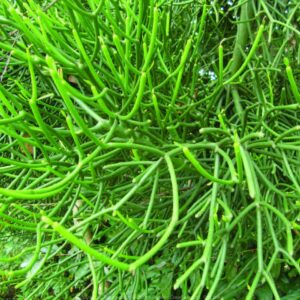

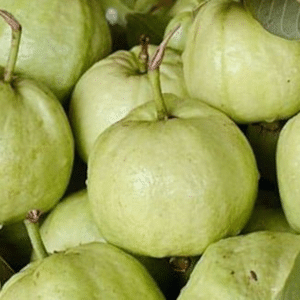


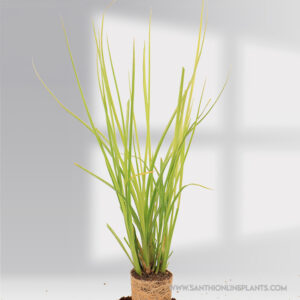
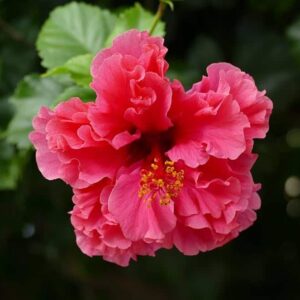


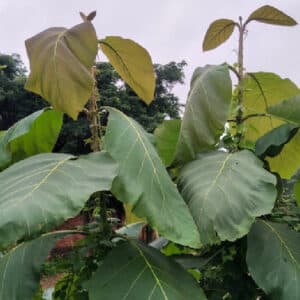







Jisha –
Nice